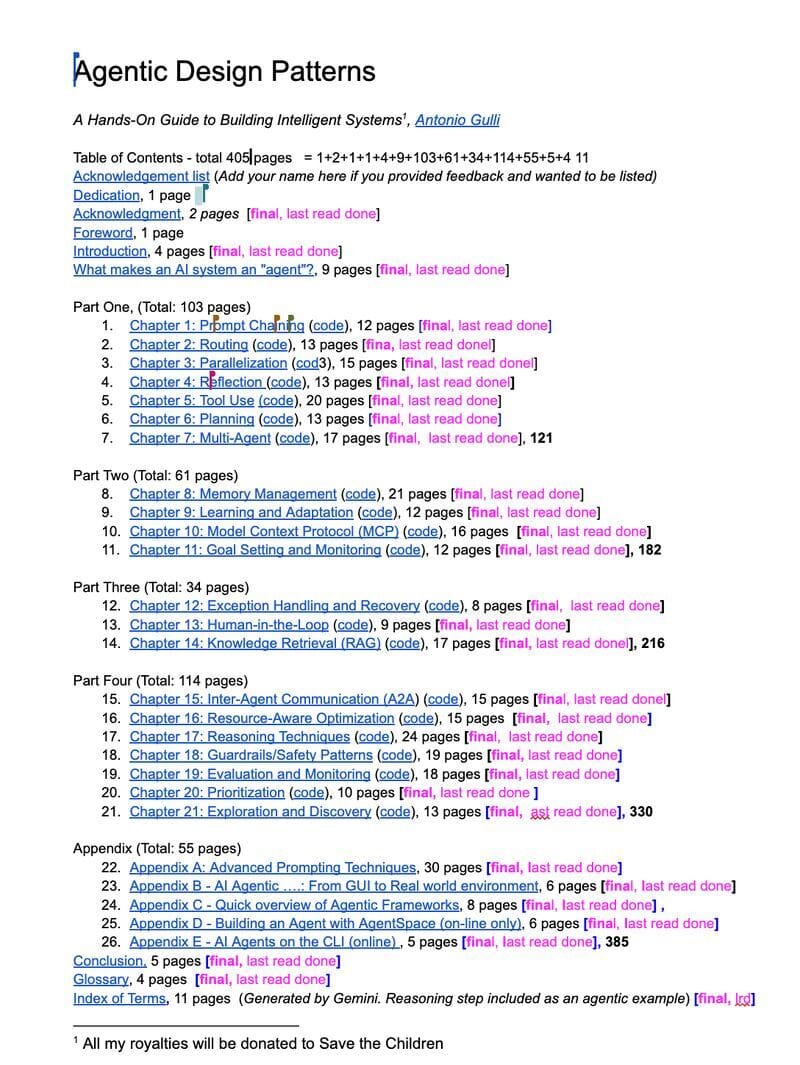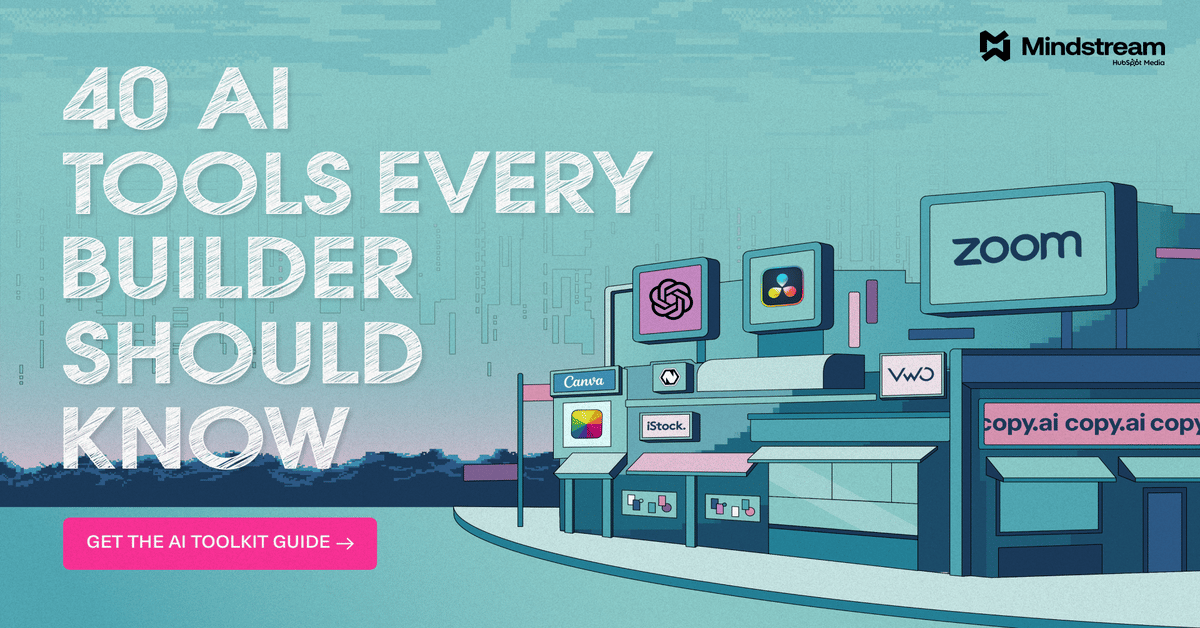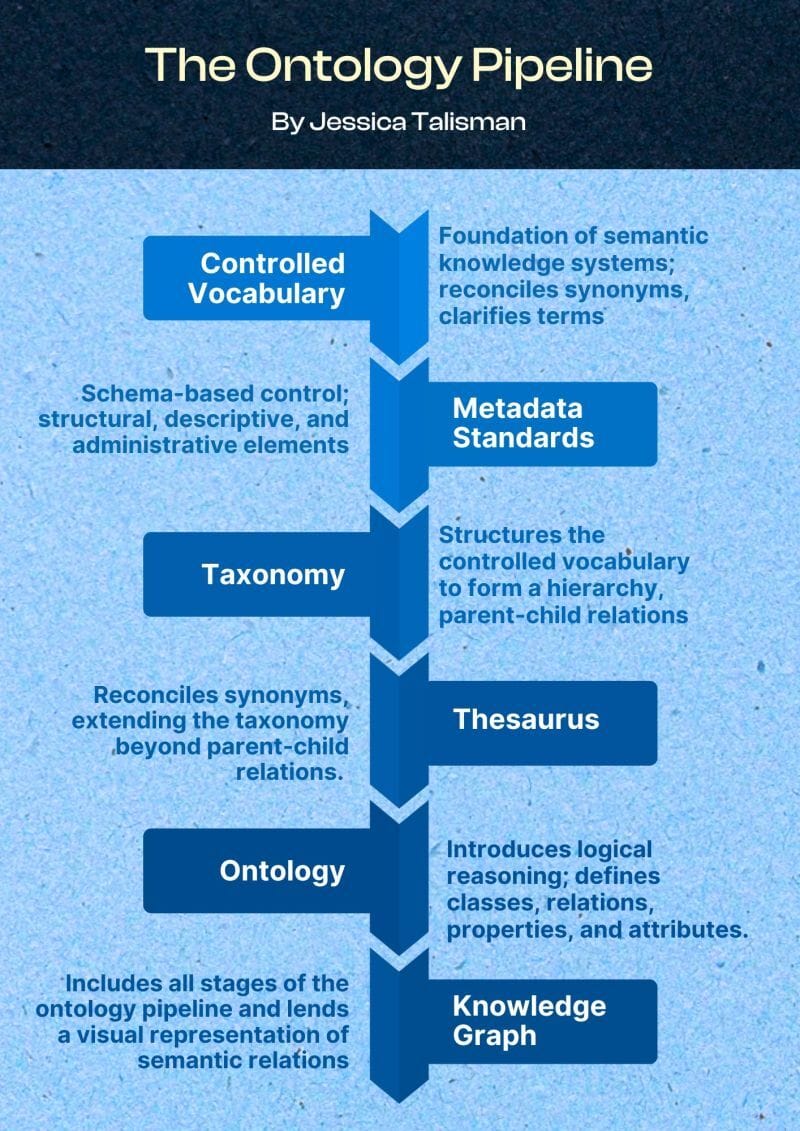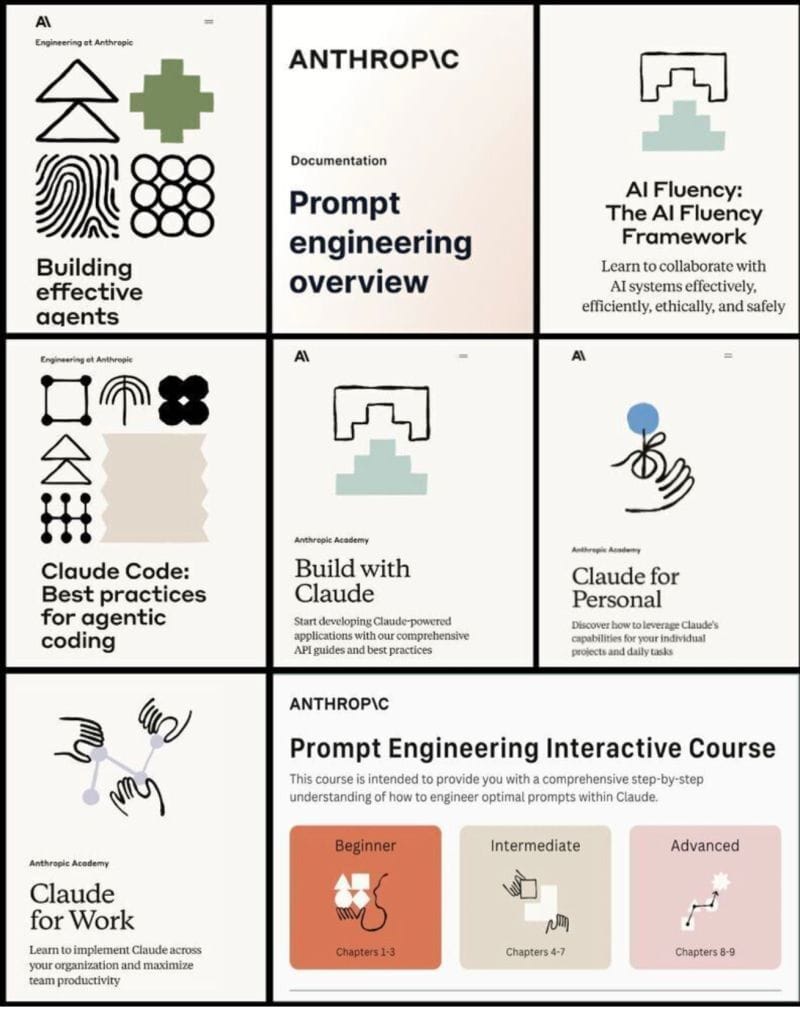8 bits for a Byte: As we stand on the cusp of an era where artificial intelligence transcends from an automated tool to a transformative force multiplier, the dialogue is shifting irrevocably. The next phase of AI isn't merely about accelerating efficiencies; it's about redefining the landscape of innovation itself. With AI applying its machine-speed prowess to the intricate art of coding, we're witnessing a tectonic shift—a revolution where traditional craftsmanship merges with relentless automation, as underscored by the 2025 State of AI Report.
In navigating this new terrain, strategic foresight becomes imperative. The allure of AI-assisted coding tools, capable of slashing development cycles by half, is undeniable. However, the fundamental question remains: how do we harness this rapid acceleration without sacrificing the irreplaceable human 'vibe'—the instinctual understanding and innovation that fuels resilience and differentiation? The future belongs to those who innovate upon automation, connecting human judgment with AI's capacity for scale.
Positioned at the intersection of current developments and future potential, this newsletter offers more than just an update. It serves as a beacon for forward-thinking professionals eager to harness AI's true strategic potential. Through insightful analysis and actionable intelligence, it guides leaders in strategically leveraging AI to not only outpace competitors but redefine their industry's trajectory in a way that ensures both sustainability and dominance. As we look ahead, understanding these dynamics isn't just advantageous—it's essential for those ready to lead the charge into our AI-driven future.

The best marketing ideas come from marketers who live it. That’s what The Marketing Millennials delivers: real insights, fresh takes, and no fluff. Written by Daniel Murray, a marketer who knows what works, this newsletter cuts through the noise so you can stop guessing and start winning. Subscribe and level up your marketing game.

Let’s Get To It!
If you’ve spent time with modern dev teams, you’ve likely heard the debate: Can we trust AI to write our code, or is there still something irreplaceable about the human touch—the elusive “vibe” that great engineers bring? The 2025 State of AI Report puts this tension front and center, highlighting the meteoric rise of AI-assisted coding while raising a crucial question: Can machines truly grasp the nuance required for complex, enterprise-grade systems?
For business leaders, this isn’t just a theoretical discussion—it’s about speed, cost, and risk management. AI coding tools are no longer niche experiments; they’re being woven into core development workflows at breakneck speed. Organizations that embrace this shift can gain a serious edge in both velocity and efficiency. But, as with any revolution, there’s a tradeoff: the risk of sacrificing deep expertise for quick wins.
According to the report, AI now generates a significant share of new application code across industries. Leaders must balance the lure of faster releases and lower costs with the danger of losing institutional know-how—the same “vibe” that drives team resilience and innovation. Much like the early days of spreadsheets replacing ledgers, early adopters can seize an advantage, but only if they manage the transition with care.
AI coding tools can slash development cycles by up to 50%, but maintaining quality control and a deep understanding of the codebase remains vital.
Human expertise is still critical for system architecture, debugging, and translating business needs into code—AI can speed things up, but it can’t fully replace this layer.
Enterprises that combine AI automation with a strong engineering culture are seeing the biggest gains in productivity and innovation.
ACTION BYTE: Review your current software development workflow to pinpoint where AI coding tools can unlock immediate efficiency gains—but be sure you’re also investing in preserving deep domain expertise within your teams.

Quote of the Week:
True innovation emerges not from what AI can do alone, but from how we harness it to amplify human creativity.

Bit 3: Agentic Design Patterns - A Hands-On Guide to Building Intelligent Systems, Antonio Gulli.
Antonio has written a deep dive into Agentic Design Pattern that is a must to check out. Forget prompt engineering. The real unlock is agent pattern engineering.
We’ve been thinking of models as functions. But the next wave demands thinking in patterns — reusable, abstracted solutions to common coordination problems. Agentic design patterns formalize how LLMs can collaborate, reflect, and act in complex environments. It’s the playbook for scalable, maintainable AI systems.
Patterns, not Hacks: Use established roles and workflows instead of one-off scripts.
Cognitive Load Management: Keep agents small and focused, then compose.
Replayability: Good patterns help you debug, improve, and reuse across domains.
ACTION BYTE: Pick one fragile AI workflow you’ve built — and refactor it using agent roles and responsibilities.

Choose the Right AI Tools
With thousands of AI tools available, how do you know which ones are worth your money? Subscribe to Mindstream and get our expert guide comparing 40+ popular AI tools. Discover which free options rival paid versions and when upgrading is essential. Stop overspending on tools you don't need and find the perfect AI stack for your workflow.

Enterprise technology is reaching a pivotal moment: the next big competitive edge won’t come from hiring the most developers, but from mastering the orchestration of AI agents. Andrew Ng’s Agentic AI course offers a practical roadmap for organizations ready to leap ahead by weaving agentic design patterns into their core digital operations.
Why should this shape your long-term strategy? Traditional software development leaned heavily on the intuition and creativity—the “vibe”—of individual engineers. Agentic AI rewrites the rules, letting businesses scale innovation by designing systems that can plan, reflect, and execute on their own. If history is any guide (think steam power or the internet), those who embrace new paradigms early are the ones who set the pace for everyone else.
By adopting agentic workflows, enterprises unlock new levels of efficiency and agility. AI agents can coordinate multi-step processes, interact fluidly with APIs and databases, and even run their own quality checks. The goal isn’t to replace your top engineers, but to amplify their capabilities through orchestrated, AI-driven workflows.
• Agentic AI adoption starts with training and will accelerates product iteration and time-to-market, helping you outpace slower competitors.
• Multi-agent systems let organizations tackle complex challenges by dividing work and mimicking high-performing cross-functional teams—at machine speed.
• Automated error analysis and self-reflection turn your software stack into a self-healing asset, reducing downtime and boosting customer reliability.
ACTION BYTE: Simple - Signup and take this course from an AI leader for FREE at DeepLearning.AI.

As AI sweeps across every part of the enterprise, it’s easy to fall into the “move fast and patch later” trap. But here’s the reality: if you overlook the structure and meaning of your knowledge base, you’re essentially building a skyscraper on sand—impressive, but doomed when real pressure hits. Semantic knowledge management isn’t just academic navel-gazing; it’s your insurance policy for protecting investments and shielding your business from the kinds of AI failures that stem from brittle, context-blind systems.
The widespread use of off-the-shelf taxonomies has lulled many organizations into a false sense of security. When AI falters—misreading data, stumbling in domain-specific tasks, or producing inconsistent results—the culprit is often a lack of semantic discipline beneath the surface. The Ontology Pipeline provides a way forward: a methodical, librarian-inspired process for building, testing, and maintaining knowledge systems that can stand up to modern AI demands.
By formalizing your knowledge management workflow, you gain a clear view of where you need to invest, how your systems are performing, and where weaknesses lie—long before they threaten your business. This isn’t about over-engineering; it’s about minimizing downtime, avoiding expensive errors, and ensuring your AI stays an asset as technology keeps evolving.
Neglecting to model your unique business knowledge leads to brittle AI and expensive implementation setbacks—semantic rigor is the safeguard you need.
The Ontology Pipeline bakes in validation and testing at every step, catching issues early and cutting down on costly rework later on.
Strong semantic frameworks make it easier to measure, report, and continuously improve—essential for meeting regulatory demands and earning stakeholder trust.
ACTION BYTE: Ask your risk and compliance leaders to examine where knowledge management meets AI governance. Use the Ontology Pipeline as a checklist to surface gaps and map out remediation steps before your next AI deployment.

Bit 6: Tuesday Funnies
Explaining AI-driven workflow to the team: 'We're putting the AI in team, not replacing it!

Every technological gold rush draws both trailblazers and traps—and the current AI boom is no different. I’ve seen firsthand how the scramble to adopt new tools can quickly devolve into chaos, leaving even well-meaning teams exposed to avoidable risks. That’s why Anthropic’s Academy caught my eye: it finally offers enterprises a path to move beyond AI hype and toward disciplined, risk-aware transformation.
Instead of the old “move fast and break things” approach, Anthropic’s latest courses champion a structured, certified route to AI upskilling. This isn’t just another set of self-paced videos; it’s a bulwark against the technical debt and governance gaps that have tripped up early adopters. By centering on best practices, model context protocols, and hands-on API development, the Academy helps organizations embed trust and reliability into their AI initiatives from day one.
History shows that the companies who invest in education and process don’t just weather disruption—they define it. Anthropic’s Academy delivers the rigor, documentation, and certification needed to de-risk AI projects before small missteps become major business liabilities.
Modules on deployment and context protocols help teams sidestep costly errors and ensure regulatory compliance right out of the gate.
Certification demonstrates to stakeholders—both inside and outside your organization—that your AI strategy is built on expertise, not improvisation.
Practical guides for Claude-powered applications empower teams to respond swiftly to incidents, minimizing downtime and reputational fallout.
ACTION BYTE: Just because it is free do not think the training and documents in this issue are not worth your time. Take just 10 minutes to find out for yourselves!

Bit 8: If your AI strategy feels uncomfortable—you’re probably doing it right
The best leaders? They resist the urge to “have the answer,” and instead create the conditions for iteration. That means building psychological safety, rewarding learning, and running lots of small experiments. It’s not failure—it’s the feedback loop of innovation.
Adaptive leadership means giving up the illusion of control.
Move from answer‑giver to experiment‑enabler.
Leading = holding tension, not dissolving it.
ACTION BYTE: Audit your incentives: do they reward learning, or just “being right”?
Until next time, take it one bit at a time!
Rob
Join thousands of satisfied readers and get our expertly curated selection of top newsletters delivered to you. Subscribe now for free and never miss out on the best content across the web!









